Products tagged with 'metal earth'
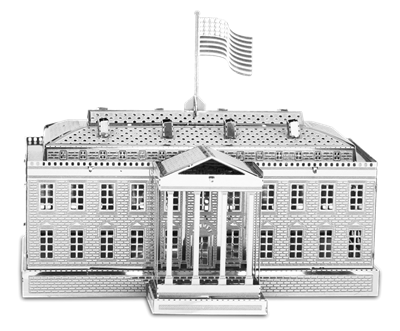
MMS032
WHITE HOUSE
Located at 1600 Pennsylvania Avenue NW in Washington, D.C., the White House is the official residence and principal workplace of the President of the United States. It was designed by Irish-born James Hoban and built between 1792 and 1800 of white-painted Aquia sandstone. During the War of 1812 British troops burned it in retaliation for an earlier burning of Canadian government buildings in York, Ontario, by the United States.
$0.00
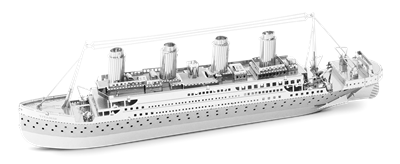
MMS030
TITANIC
The largest ship afloat left Southampton, England, April 10, 1912 on her maiden voyage to New York City. Just five days later at 2:20 am on the morning of April 15th she sank after hitting an iceberg 400 miles off the coast of Nova Scotia. Of the 2,223 people on board, only 710 survived.
$0.00

MMS028
MITSUBISHI ZERO
The Mitsubishi Zero is a long-range fighter aircraft operated by the Imperial Japanese Navy Air Service. When first introduced early in World War II, the Zero was considered the most capable carrier-based fighter in the world, combining long range capabilities with excellent maneuverability.
$0.00
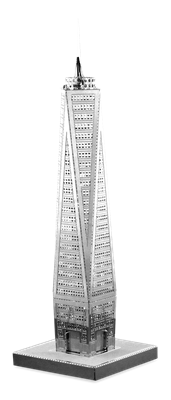
MMS024
ONE WORLD TRADE CENTER
The tallest building in the United States and among the tallest in the world with its radio antenna reaching a symbolic height of 1,776 feet in reference to the year of American independence. The building includes office space, an observation deck, world-class restaurants plus broadcast and antennae facilities and stands as a memorial to those who lost their lives September 11th, 2001.
$0.00
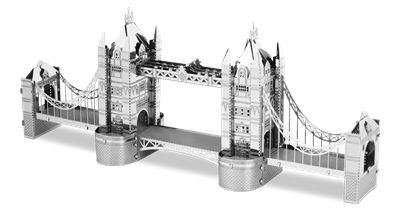
MMS022
LONDON TOWER BRIDGE
London Bridge refers to several bridges that have spanned the River Thames between the City of London and Southwark, in central London. The current crossing, which opened to traffic in 1973, is a box girder bridge constructed from concrete and steel. It replaced a 19th-century stone-arched bridge, which in turn superseded a 600-year-old medieval structure. This was preceded by a succession of timber bridges; the first was built by the Roman founders of London.
$0.00
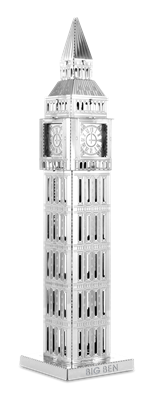
MMS019
BIG BEN TOWER
Big Ben is the nickname for the great bell of the clock at the north end of the Palace of Westminster in London though today the name also refers to the clock and the clock tower. The bell weighs almost 14 tons and each clock face is 23 feet in diameter. It became fully operational on September 7th, 1859 and is today one of the most prominent symbols of London standing at 316 feet high. The clock requires winding three times per week and pennies are periodically added or removed from the clock of pendulum to maintain its accuracy.
$0.00















